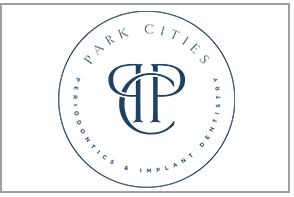Dental implants are believed to go back to ancient times. Of course teeth replaced back then were made from stone or metal, and were very crude. But each generation has made do with the materials and knowledge that were prevalent at that time.
At the current time, technology and materials have led us to dental implants that look and function like a biological tooth. Advances and improvements continue to be made so the future may hold even more superior dental implants.
At the current time, technology and materials have led us to dental implants that look and function like a biological tooth.
Present technology got its start in the 1950’s when a Swedish doctor was experimenting with placing different metals in an animal primarily to advance the developments of joint repair. After placing titanium in the leg of a rabbit, he attempted to retrieve it for further study only to find it had fused so completely to the leg bone, it was impossible to remove. This fusion of metal to bone was coined osseointegration.
After experiments with animals proved successful, it was decided to try for a successful implant on a human anatomy. Instead of working with a large bone area, it was decided that working within the mouth made excellent sense. The first dental implant was embedded in an adult male in the 1960’s.
In the world of dentistry, dental implants are still in their infancy. However, that first implant was still in place and healthy when the patient passed some forty years after the implant was placed.
Titanium continues to be the metal of choice for dental implants. This very small screw like device is placed in gum tissue where tooth loss has been sustained. While healing, the implant will fuse to existing bone tissue to form a base for the final restoration that will cover it. The implant is intended to function like the root of a natural tooth providing strength and support.
Implants are appropriate for replacing one, a few, or an entire arch for tooth loss sustained from trauma, decay or disease. Your periodontist will provide a thorough examination to determine candidacy for a successful outcome.
Once dental implants have been placed, their care and longevity depend largely on the patient. Daily flossing and brushing coupled with twice annual visits to your dental provider for removing plaque build-up are essential, and if adhered to, the dental implant can provide function and beauty for a lifetime.
Call Park Cities Periodontics and Implant Dentistry at 214-949-1836 for more information and to schedule an appointment today.
